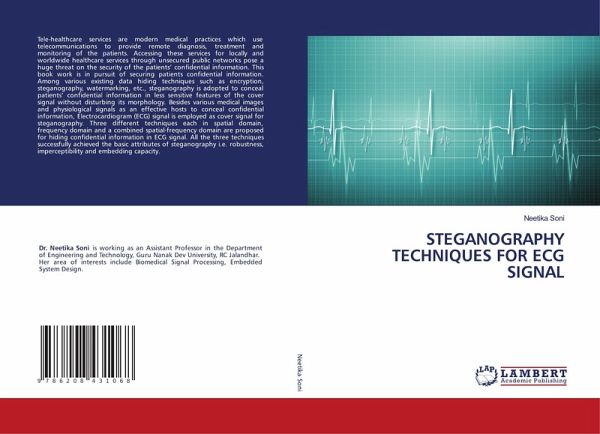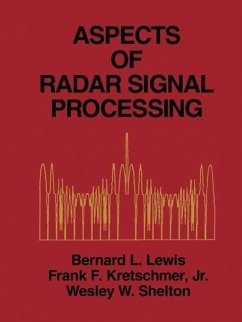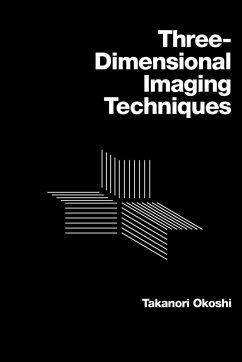
STEGANOGRAPHY TECHNIQUES FOR ECG SIGNAL
Versandkostenfrei!
Versandfertig in 1-2 Wochen
46,99 €
inkl. MwSt.

PAYBACK Punkte
23 °P sammeln!
Tele-healthcare services are modern medical practices which use telecommunications to provide remote diagnosis, treatment and monitoring of the patients. Accessing these services for locally and worldwide healthcare services through unsecured public networks pose a huge threat on the security of the patients' confidential information. This book work is in pursuit of securing patients confidential information. Among various existing data hiding techniques such as encryption, steganography, watermarking, etc., steganography is adopted to conceal patients' confidential information in less sensiti...
Tele-healthcare services are modern medical practices which use telecommunications to provide remote diagnosis, treatment and monitoring of the patients. Accessing these services for locally and worldwide healthcare services through unsecured public networks pose a huge threat on the security of the patients' confidential information. This book work is in pursuit of securing patients confidential information. Among various existing data hiding techniques such as encryption, steganography, watermarking, etc., steganography is adopted to conceal patients' confidential information in less sensitive features of the cover signal without disturbing its morphology. Besides various medical images and physiological signals as an effective hosts to conceal confidential information, Electrocardiogram (ECG) signal is employed as cover signal for steganography. Three different techniques each in spatial domain, frequency domain and a combined spatial-frequency domain are proposed for hiding confidential information in ECG signal. All the three techniques successfully achieved the basic attributes of steganography i.e. robustness, imperceptibility and embedding capacity.














